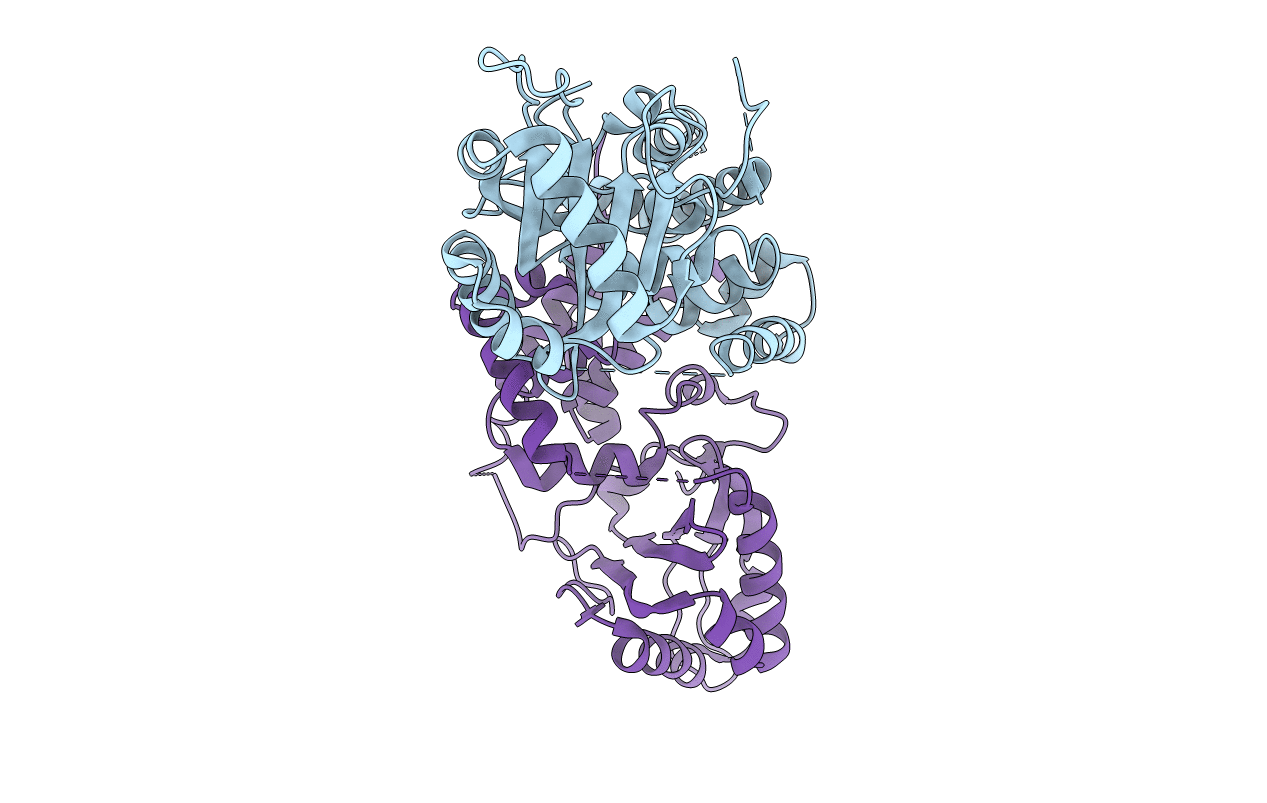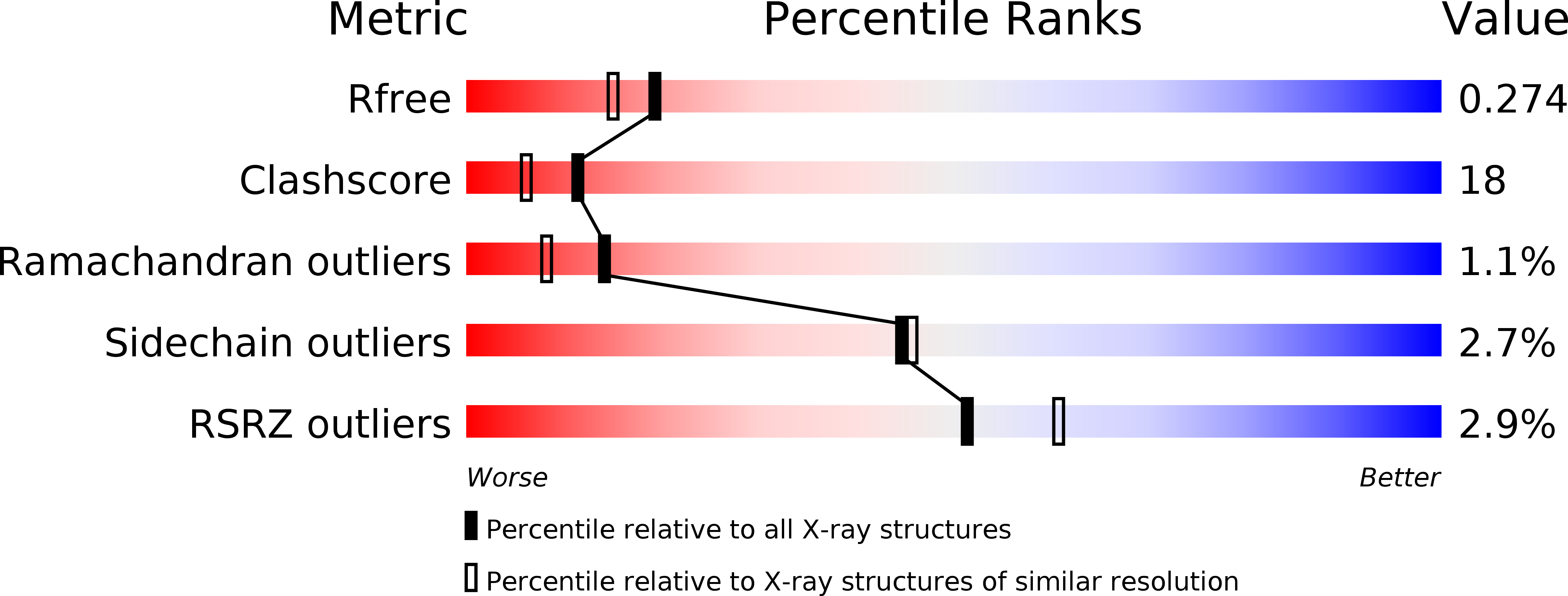
Deposition Date
2017-04-01
Release Date
2017-07-19
Last Version Date
2024-10-30
Entry Detail
PDB ID:
5XE7
Keywords:
Title:
Crystal structure of Mycobacterium tuberculosis extracytoplasmic function sigma factor SigJ
Biological Source:
Source Organism:
Host Organism:
Method Details:
Experimental Method:
Resolution:
2.16 Å
R-Value Free:
0.27
R-Value Work:
0.25
R-Value Observed:
0.26
Space Group:
I 2 2 2


